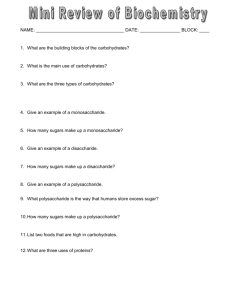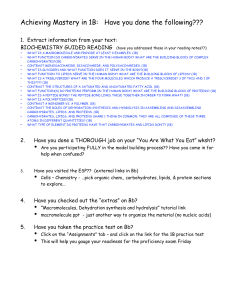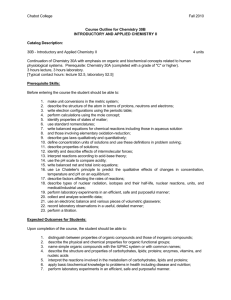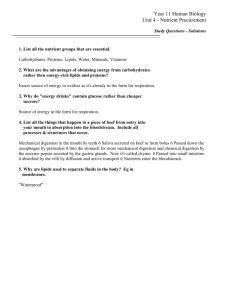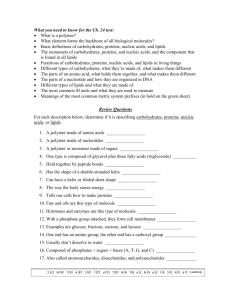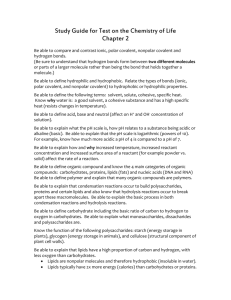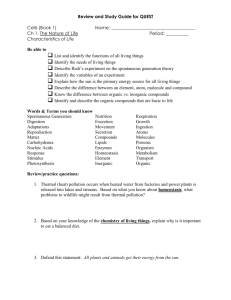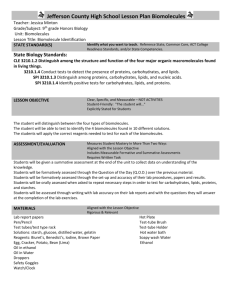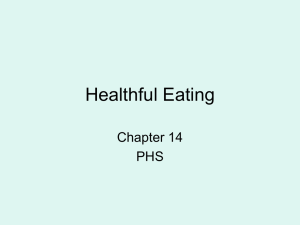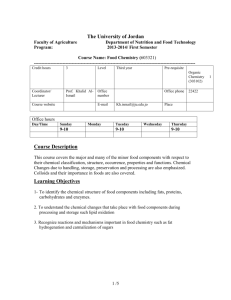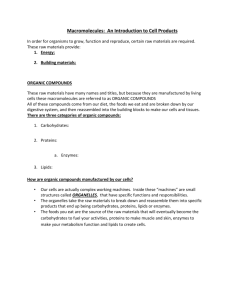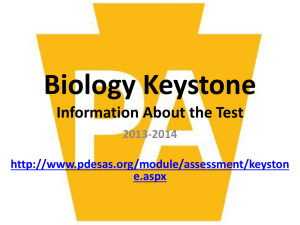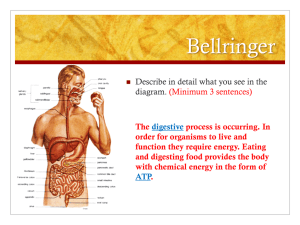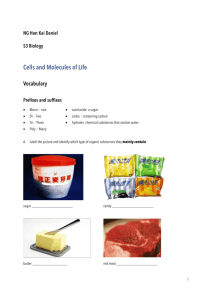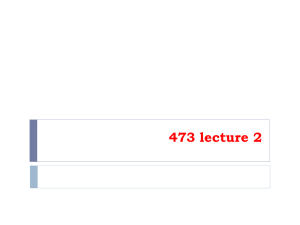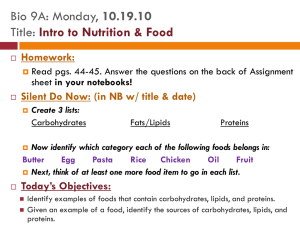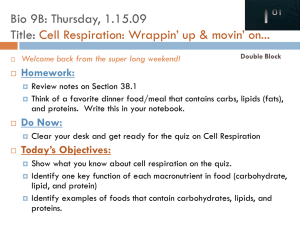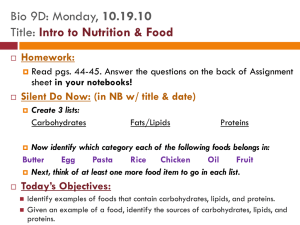food chemistry 0603321
advertisement
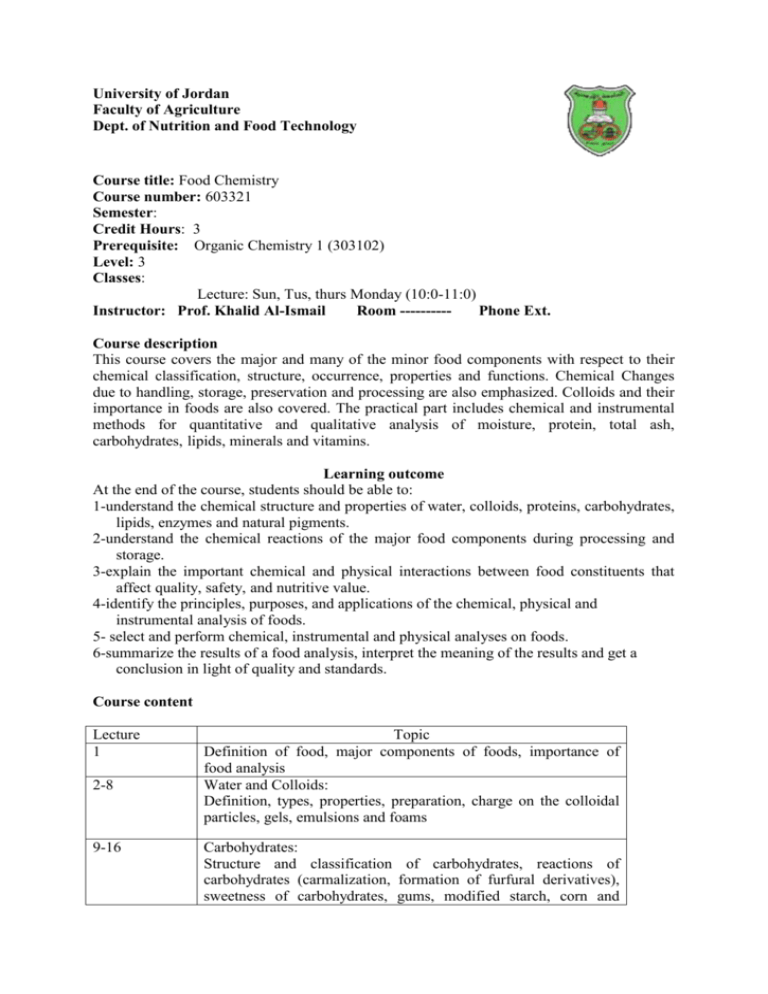
University of Jordan Faculty of Agriculture Dept. of Nutrition and Food Technology Course title: Food Chemistry Course number: 603321 Semester: Credit Hours: 3 Prerequisite: Organic Chemistry 1 (303102) Level: 3 Classes: Lecture: Sun, Tus, thurs Monday (10:0-11:0) Instructor: Prof. Khalid Al-Ismail Room ---------Phone Ext. Course description This course covers the major and many of the minor food components with respect to their chemical classification, structure, occurrence, properties and functions. Chemical Changes due to handling, storage, preservation and processing are also emphasized. Colloids and their importance in foods are also covered. The practical part includes chemical and instrumental methods for quantitative and qualitative analysis of moisture, protein, total ash, carbohydrates, lipids, minerals and vitamins. Learning outcome At the end of the course, students should be able to: 1-understand the chemical structure and properties of water, colloids, proteins, carbohydrates, lipids, enzymes and natural pigments. 2-understand the chemical reactions of the major food components during processing and storage. 3-explain the important chemical and physical interactions between food constituents that affect quality, safety, and nutritive value. 4-identify the principles, purposes, and applications of the chemical, physical and instrumental analysis of foods. 5- select and perform chemical, instrumental and physical analyses on foods. 6-summarize the results of a food analysis, interpret the meaning of the results and get a conclusion in light of quality and standards. Course content Lecture 1 2-8 9-16 Topic Definition of food, major components of foods, importance of food analysis Water and Colloids: Definition, types, properties, preparation, charge on the colloidal particles, gels, emulsions and foams Carbohydrates: Structure and classification of carbohydrates, reactions of carbohydrates (carmalization, formation of furfural derivatives), sweetness of carbohydrates, gums, modified starch, corn and fructose syrups, analytical methods of carbohydrate analysis. 17-231 24-29 30 31-35 36-48 Lipids: Structure and classification of lipids, physical and chemical characteristics of different fats, fat deterioration, processing, interesterification, hydrogenation, analytical methods for determining of fat and its different chemical and physical characteristics. Proteins: Review of protein and amino acids structure, classification of food proteins, Maillard reaction, solubility, denaturation, milk proteins, wheat proteins, meat proteins, egg proteins. Theory and application of analytical methods for protein determination. Exam Natural pigments: Carotenoids, hemes, chlorophylls, anthocynanins and flavonoids, and their chromatographic analysis. Enzymes Text books: 1-Deman, J.M., 1999. Principle of Food Chemistry, 3rd edition, Aspen Publication Inc, Gaithersburg, Maryland, USA. Recommended references: 1-Fenema, O. (editor) 1996. Food Chemistry 3rd ed. Marcel Dekker, New York, USA Students evaluation: Theoretical part (70) Exam Mid Exam Quizzes Assignments Final % 30 15 5 50 Date

